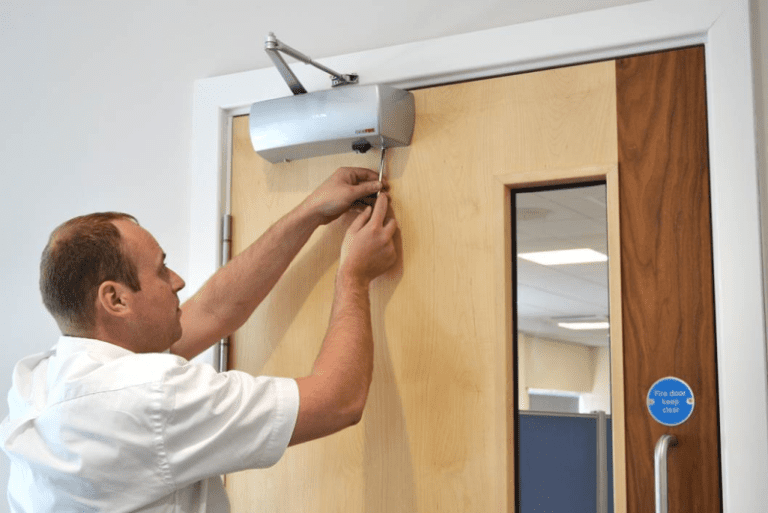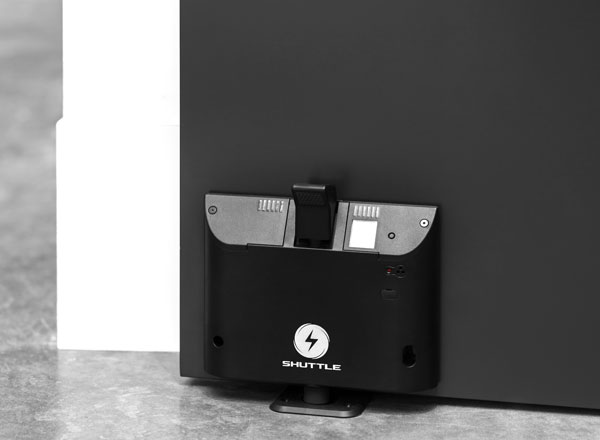The NHBC has announced a U-turn on its decision to insist all fire frames must be installed and sealed at the pre-plaster inspection stage. The amended guidance was published in a new technical update and comes after The British Woodworking Federation, representing the concerns of its members and their clients, responded to a directive issued by the NHBC in November, and which came into effect in January, which was a requirement to install and seal all fire door frames at the pre-plaster inspection stage. We considered this a backward step for the industry. Within this, NHBC introduced the rule that all fire frames should be installed, have the fire stopping materials put in place between the frame and the wall, and be sealed at the pre-plaster inspection stage to demonstrate the product had been affixed to the partition correctly. Up until then, NHBC inspectors had visited properties at the pre-plaster stage. The next time they inspected was when the house was almost complete, with all doors fully installed and painted. This meant that the second inspection was too late to verify the correct installation of fire frames, but the first was too early. Unfortunately, the NHBC was not willing to add an additional visit to inspect the doors after the plaster but before the architraves were fitted. The change caused house builders and door set suppliers to raise concerns as it was impossible to supply door sets, which offer greater control over the production of the assembly and potentially the performance of the completed fire door assembly. This was despite fire safety being in the spotlight more than ever and door sets widely being seen as the way forward to ensure compliance and improve safety. Door leaf manufacturers insist that doors are not on-site during wet trades and high levels of moisture. Having door leaves on site at the pre-plaster stage, was required by this new rule, but this could have influenced any product warranty and, potentially, their effectiveness at withstanding fire. The updated advice now offers three options for installers and contractors, which help maintain both the high levels of safety offered by door sets and testing for integrity: Option 1: Fire door frames installed at pre-plaster stage: This was the original requirement from the update in October 2020 and is still a valid option. Option 2: Fire door linings installed at pre-plaster stage Fire door linings could be plywood or part of the fire door set provided by the manufacturer or supplier. The lining would be installed at pre-plaster to allow the fitting of the frame at a later stage of the build process. The fire door frame should fit tightly within the plywood lining.* Option 3: Fire door frames installed after pre-plaster Fire door frames can be installed post-plaster and architraves not fitted until satisfactory inspection by NHBC has been completed. Once installed, the site manager would notify their Building Inspector that the door set is ready for inspection. The Building Inspector would then inspect the door frame installation on their next visit to site, thus negating the need for a separate inspection. The NHBC is also conducting a trial to assess the viability of accepting UKAS-accredited installers (third-party certificated) as an additional option. This would be in line with the BWF Fire Door Alliance Mission statement, which is; To ensure that only third-party certified fire doors, installed by third-party certified installers, should be used in the UK. Kevin Underwood, Technical Director for the BWF, who worked closely with British Woodworking Federation Fire Door Manufacturer members and some of their clients, said: “We are very grateful that the NHBC has taken our concerns and comments on board and have looked again at its guidance.” “The three options now give much more flexibility and allow for fire secure door sets to be fitted and inspected at the appropriate time, rather than making it all-but impossible to use them.” “It demonstrates that consultation with industry on these types of decisions, intended to further improve quality and safety, is essential.” *Installers must ensure that the certification for the door/door set allows this type of installation. If you are unsure please check with the door manufacturer/supplier.







